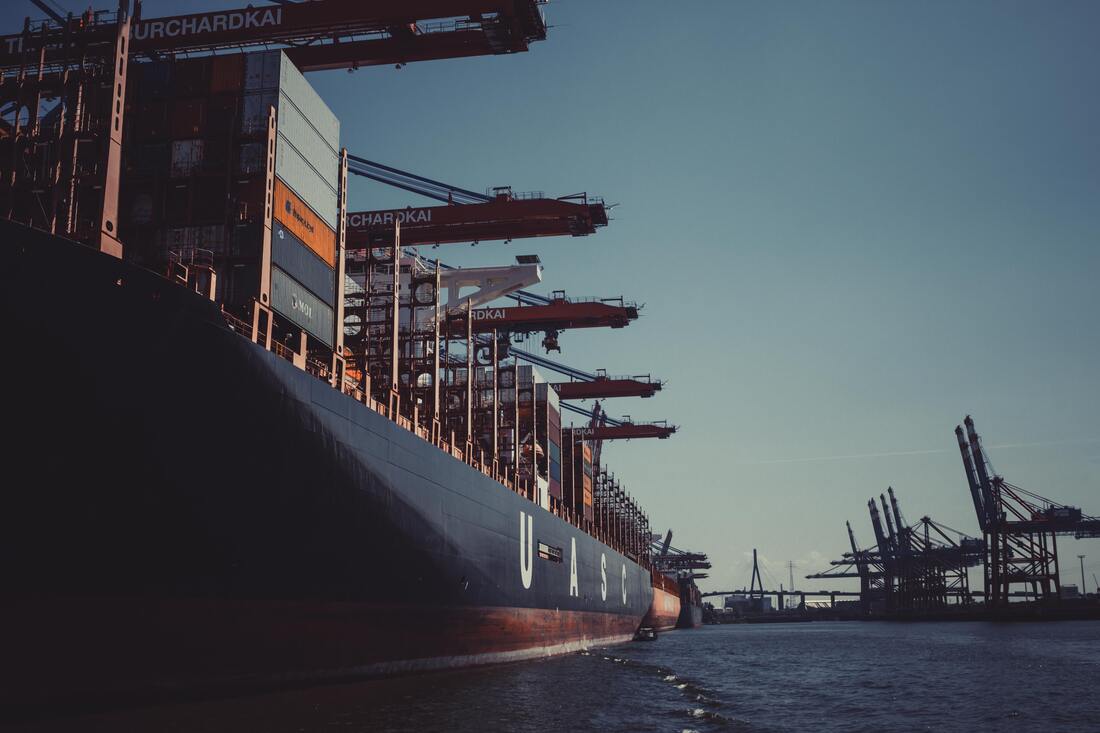Select a category below to navigate to the product page outlined:
Marine Charters and Guides
Ocean Marine Cargo
Marine Artisan
Marine Contractor
Boat Dealers & Brokers
Boat Builders
Marina Operators and Boat Yards
Watercraft Rentals
States Act + USL&H Workers Compensation
International Package
Marine Charters and Guides
Ocean Marine Cargo
Marine Artisan
Marine Contractor
Boat Dealers & Brokers
Boat Builders
Marina Operators and Boat Yards
Watercraft Rentals
States Act + USL&H Workers Compensation
International Package
|
What does a Commercial Marine General Liability Insurance policy cover?
Endorsements
|
What does a Commercial Marine Professional Liability Insurance policy cover?
Endorsements
Commercial Marine Professional Liability is recommended if you:
|
Social MediaContact UsNavigation |
|
Website by InsuranceSplash
© 2024 by HARRIS, REED & SEIFERTH INSURANCE GROUP, INC. All rights reserved. | Privacy Policy


